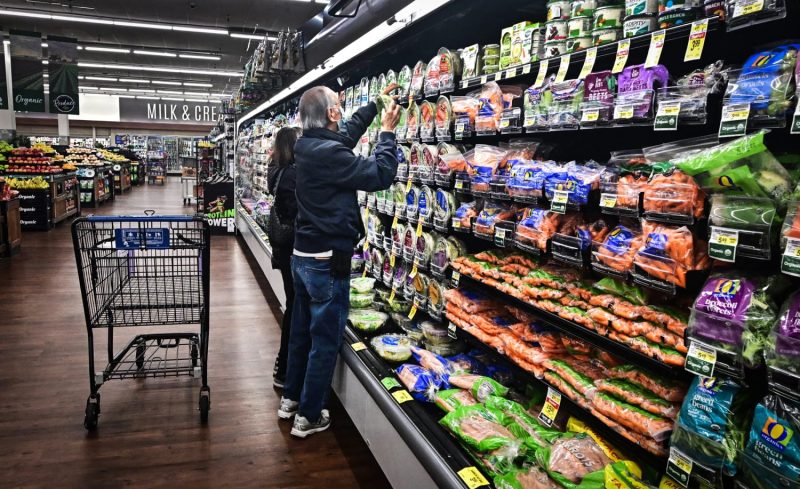As consumers, grocery shopping is an essential aspect of our lives. However, the rising costs of groceries have been a cause of concern for many individuals and families. There are various factors contributing to the increasing prices of groceries, impacting how we budget and manage our expenses. Let’s delve into the reasons behind the expensive nature of groceries and explore potential solutions that could alleviate the financial strain on consumers.
One of the primary reasons for escalating grocery prices is the complex supply chain involved in bringing products from producers to retailers. The intricate network of suppliers, distributors, and retailers incurs transportation costs, storage fees, and various other operational expenses that eventually get passed down to consumers. Moreover, unexpected disruptions in the supply chain, such as natural disasters, pandemics, or political unrest, can lead to fluctuations in prices due to scarcity or increased demand.
In addition to supply chain challenges, global economic factors play a crucial role in driving up grocery prices. Fluctuations in currency exchange rates, inflation, and changes in commodity prices can directly impact the cost of raw materials and agricultural products. For instance, a poor harvest season or adverse weather conditions can diminish crop yields, driving up the prices of fresh produce and other agricultural goods.
Furthermore, the impact of labor costs on grocery prices cannot be understated. From farmworkers to transportation professionals to grocery store employees, labor is an indispensable component of the food supply chain. As labor wages rise and fluctuate, businesses may adjust their pricing strategies to offset increased costs, thereby impacting the final prices that consumers pay at the checkout counter.
The growing trend of consumer preferences towards organic, non-GMO, and sustainably sourced products has also contributed to the higher costs of groceries. These specialty items often require more resources, time, and labor to produce, leading to elevated price points compared to conventionally grown or processed goods. While such products offer benefits in terms of health and environmental sustainability, they come with a premium that some consumers find difficult to accommodate within their budgets.
To address the issue of expensive groceries and potentially provide relief to consumers, several solutions can be explored. One approach is to support local and regional food systems by purchasing directly from farmers markets, local cooperatives, or farm-to-table initiatives. By shortening the supply chain and minimizing intermediaries, consumers can access fresh, seasonal produce at competitive prices while supporting small-scale producers and local economies.
Another way to mitigate the impact of high grocery prices is to practice mindful shopping habits, such as meal planning, buying in bulk, and minimizing food waste. By making more informed purchasing decisions and optimizing the utilization of groceries, consumers can stretch their food budgets and make the most out of their grocery store visits.
Additionally, advocating for policies that promote fair wages for agricultural workers, enhance food system resilience, and incentivize sustainable farming practices can help create a more equitable and affordable food landscape for consumers. By engaging with policymakers, supporting initiatives that prioritize food accessibility and affordability, and raising awareness about the underlying factors influencing grocery prices, consumers can drive positive change in the food industry.
In conclusion, the expensive nature of groceries is a multifaceted issue with various underlying factors, from supply chain complexities to economic dynamics and changing consumer preferences. While the rising costs of groceries pose challenges for many individuals and families, there are opportunities to address these issues collectively and work towards a more sustainable and affordable food system. By adopting mindful shopping practices, supporting local food initiatives, and advocating for systemic changes, consumers can navigate the challenges of expensive groceries and strive towards a more inclusive and equitable food economy.
